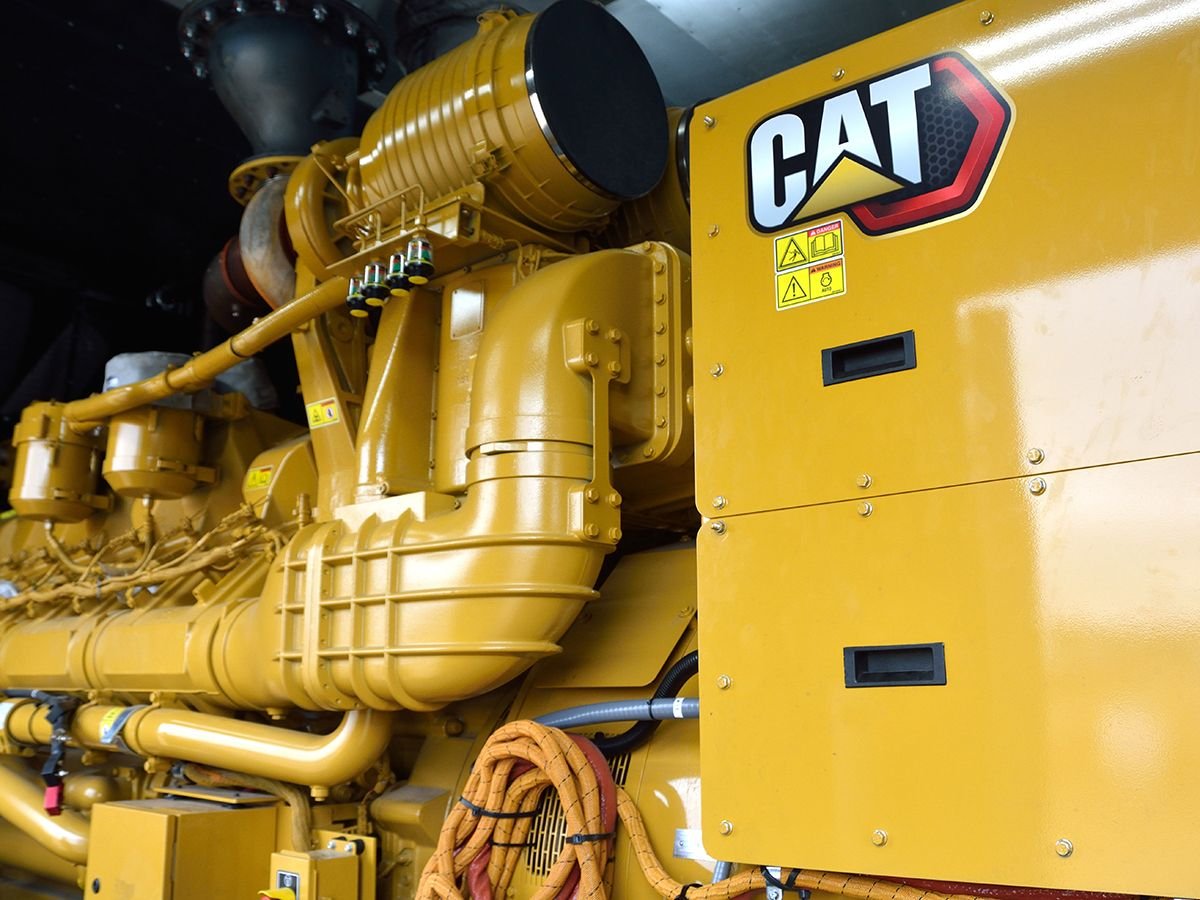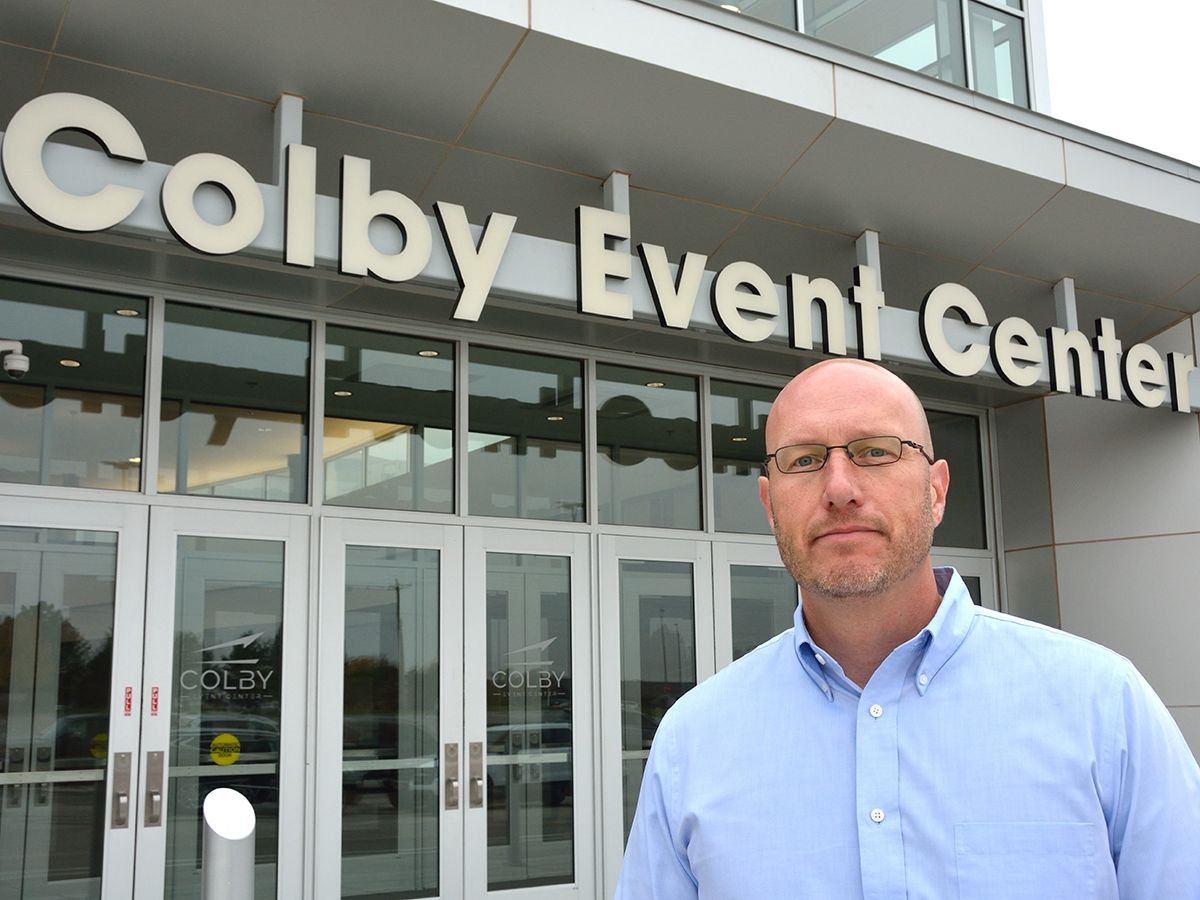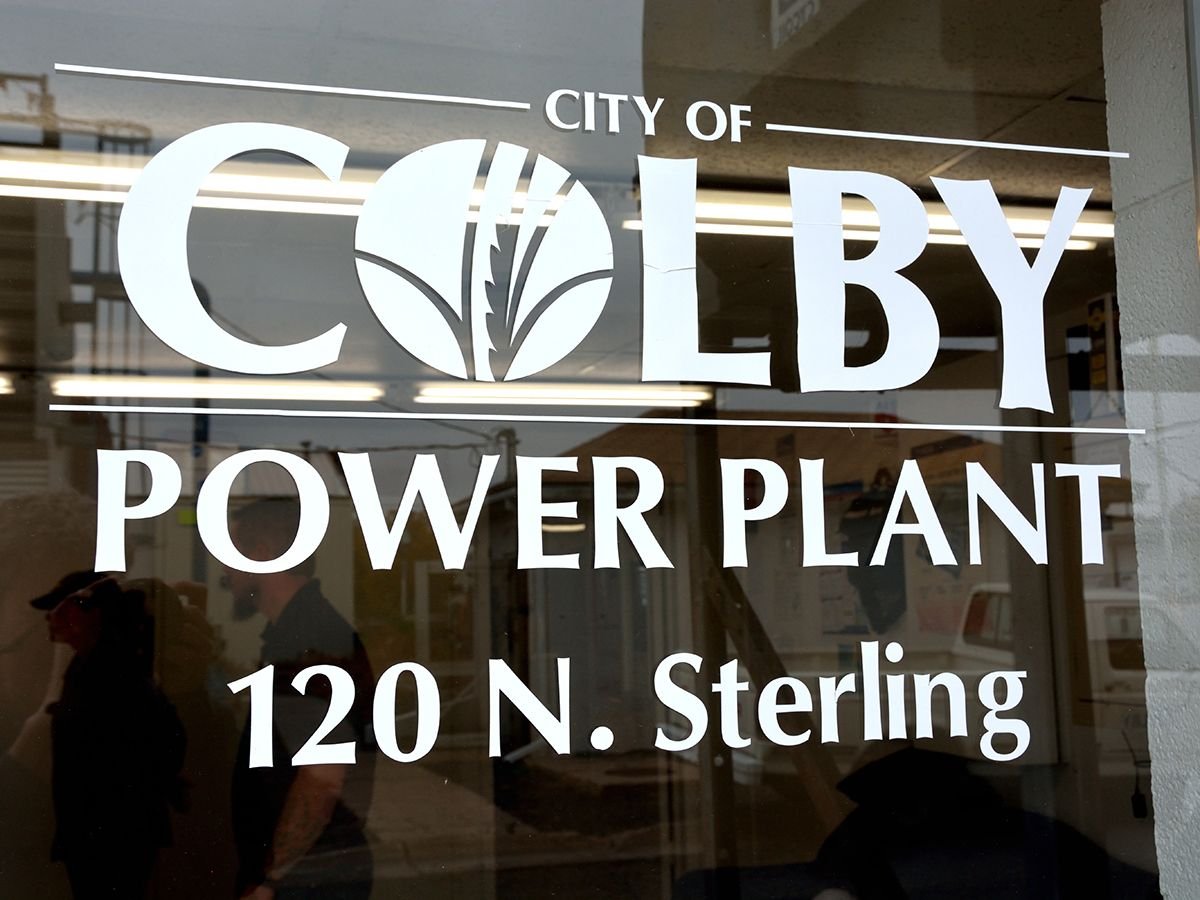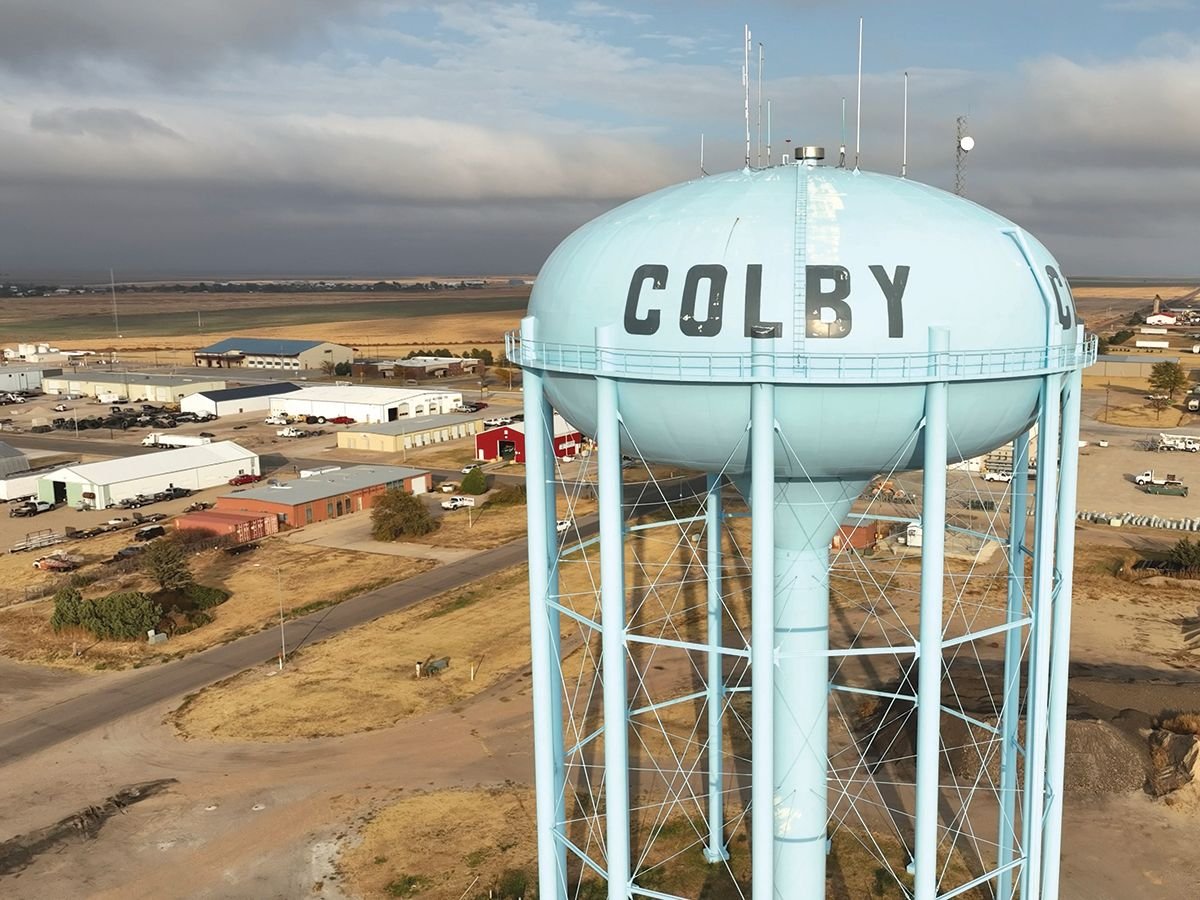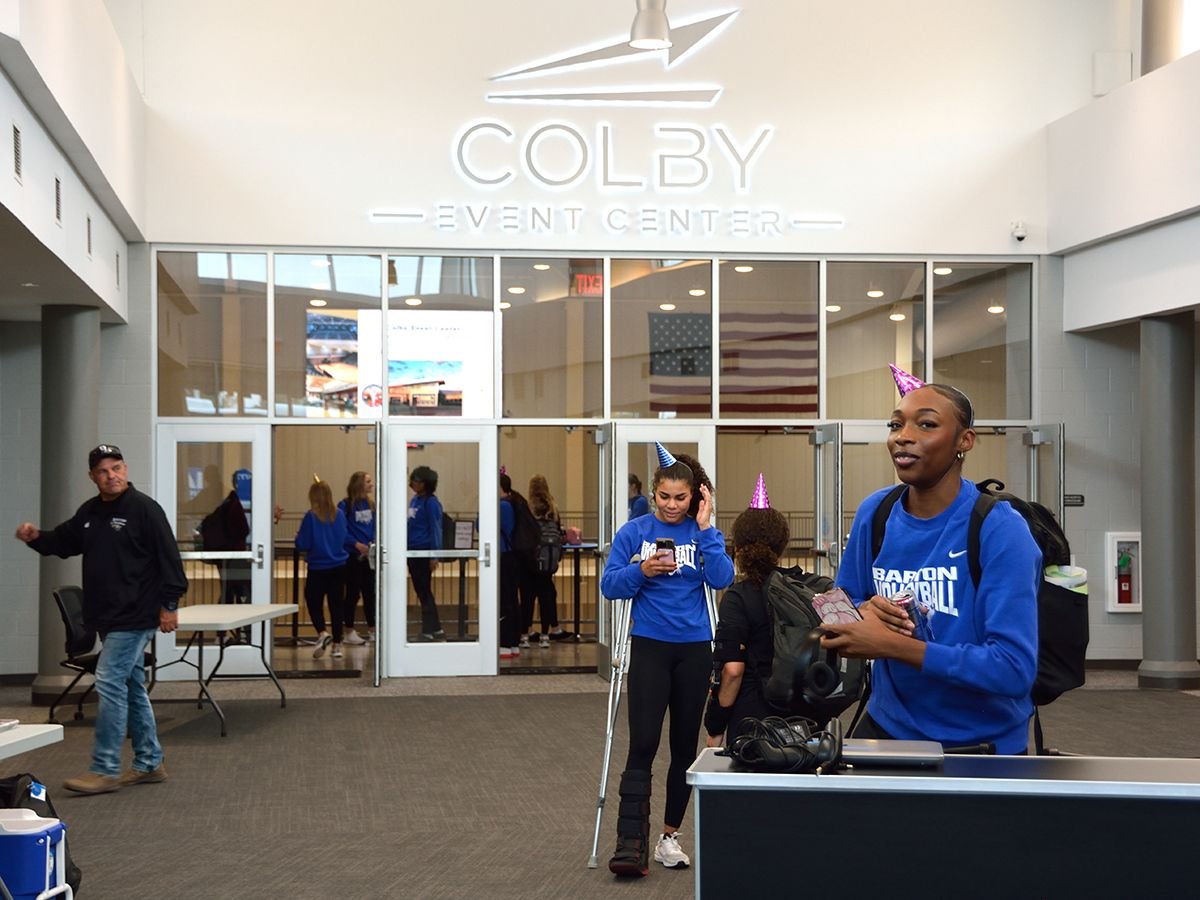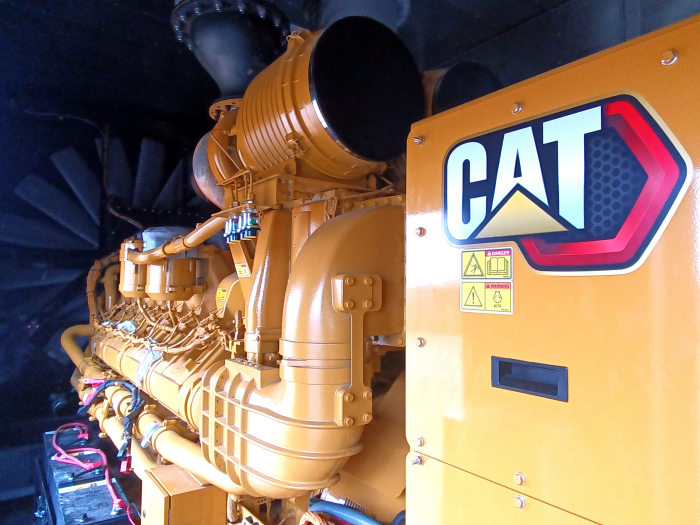
Colby Power Plant Modernizes with Cat C175 Generator Sets
Colby's aging power plants serve primarily as a source of backup power.
That’s why Colby recently added a second Cat® C175 diesel generator set at the city’s power plant, as it continues to transition from its legacy generating equipment. The two Cat gensets can provide up to 6 MW of power, combined, and are housed in enclosures positioned next to the substation at the power plant.
CLIENT: Colby Public Power
LOCATION: Colby, Kansas
PRODUCT USED: Cat C175 Diesel Generators (2)
Introduction
Located 53 miles from the Colorado border, Colby, Kansas serves as the unofficial regional hub for nine counties in the northwest corner of the state. Surrounded by rural countryside, the city’s slogan is ‘Oasis on the Plains.’
Situated just north of I-70, Colby serves as a stopover point for truckers, and motorists who take advantage of full-service operations at three major truck stop chains.
“A lot of people come here from smaller communities for health care, shopping, entertainment and education,” says Colby City Manager Ron Alexander. “We really capitalize from having a major interstate that runs on the south end of our community, with travelers stopping on their way to or from Denver. We have numerous hotels, restaurants and shopping areas that rely on continuous power to operate.”
With a population just under 6,000, Colby has experienced growth to the point where more housing is needed, Alexander says. The city is adding single family homes, duplexes, and apartment complexes. And as it expands, more infrastructure will be required and the demand for power will only increase.
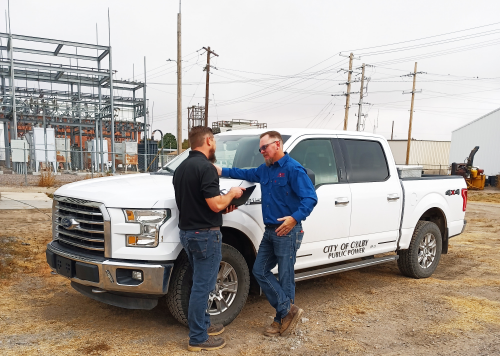 “When you consider the electric vehicle charging stations that are appearing at the truck stops, that’s an extra layer of energy that will be needed,” Alexander says. “Walmart has a charging station, and more residential vehicle charging stations are coming into the mix.”
“When you consider the electric vehicle charging stations that are appearing at the truck stops, that’s an extra layer of energy that will be needed,” Alexander says. “Walmart has a charging station, and more residential vehicle charging stations are coming into the mix.”
EVOLVING ENERGY NEEDS
Until the early part of the 20th century, no power lines reached the city. Colby is a fairly typical example of many small communities in Kansas that established their own generating plants to meet growing energy needs. The City of Colby has owned and operated a municipal power plant since 1910.
Once grid power was established to small communities such as Colby, these aging power plants were eventually transformed to serve primarily as a source of backup power. In many cases, the older power plants have become outdated and too expensive to maintain to the point where a new generating source is needed.
That’s why Colby recently added a second Cat® C175 diesel generator set at the city’s power plant, as it continues to transition from its legacy generating equipment. The two Cat gensets can provide up to 6 MW of power, combined, and are housed in enclosures positioned next to the substation at the power plant.
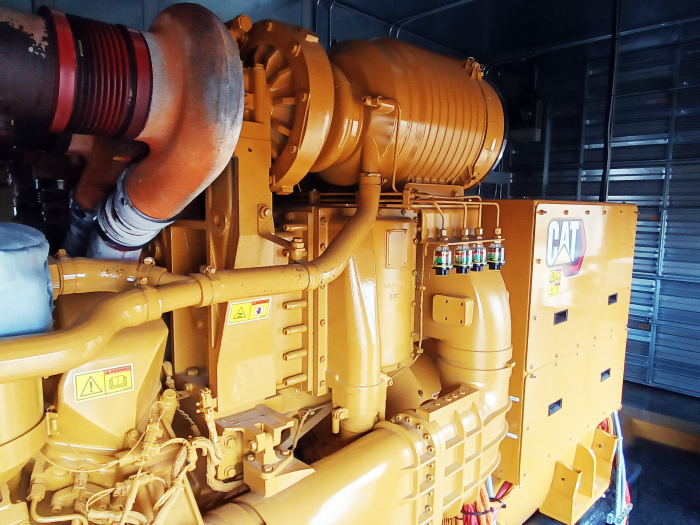 “Our original power plant equipment is pretty outdated,” says power plant supervisor Trevor Crane. “When it starts up, we have to check all the gauges. There's a lot of manual tasks involved compared to our new Cat gensets, where you just push a button to start them and you can control what you want to do with a few simple commands. These generators are so well maintained and easy to run.”
“Our original power plant equipment is pretty outdated,” says power plant supervisor Trevor Crane. “When it starts up, we have to check all the gauges. There's a lot of manual tasks involved compared to our new Cat gensets, where you just push a button to start them and you can control what you want to do with a few simple commands. These generators are so well maintained and easy to run.”Whereas the generators in the old power plant operate on a shared water-cooling system, the Cat C175s are equipped with their own radiators, Crane says, meaning there are no concerns that they might be running too hot.
During a capacity test earlier this year, one of Colby’s 70-year-old generators failed.
“We were looking at a repair cost of $260,000 on an aging one-megawatt generator,” Alexander says. “So, it was an easy decision to use that amount of money as a down payment on the next generation of power generation equipment from Caterpillar.
“it’s just that ease of being able to go to a touch screen and fire up an engine versus all the work that it takes to get those older generators fired up and running,” Alexander adds. “So it just streamlines that process. For us, long-term sustainability is a priority.”
Part of the transition to newer generating equipment is simple demographics. An aging workforce that knew how to operate the old power generation equipment is close to retiring, or has already done so, says Cliff Gamblin, a territory sales manager for Cat dealer Foley Power Solutions.
“And it's not just a one-man job,” Gamblin says. “You need to have multiple people present to follow a sequential series of steps that include monitoring temperatures and pressures and things of that nature. With the updated controls on the new Cat equipment, it requires fewer people that are required to bring it online, which means that the city can have reliable power back on in a much shorter time frame.”
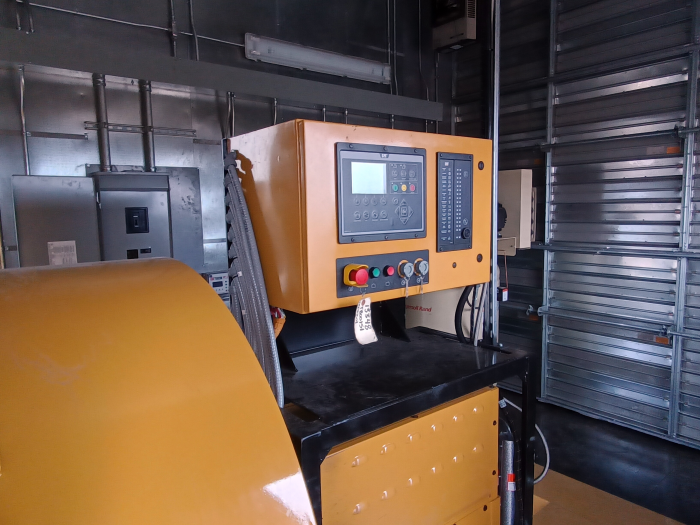
FLEXIBLE POWER
When Winter Storm Uri chilled large areas of the western, central, and southern U.S. in February 2021—straining the power grid in some places so severely that millions of Americans had to go without power in below freezing temperatures—the cost of power soared.
But with the first of its two Cat C175 diesel gensets already in place—it was installed in 2019—Colby weathered the storm.
“In the wake of the storm, energy prices were way overinflated, and we were able to run our power plant,” Alexander says. “Having the ability to produce our own energy saved our community about $1.7 million just by having the ability to run during that time.”
Adds Crane: “I think we ran for 38 hours straight, and the Cat generator performed flawlessly. So, these gensets are essential for situations when the cost of power is high, or when there’s a grid outage.”
Colby can also fire up its generators when its local utility (Midwest Energy) needs more power, especially during times of extreme heat and cold.
“If they're local utility calls and says the grid is having issues, they simply ask the city to run and carry their own load, which substantially reduces the load on the grid,” Gamblin says. “As we see the load on the grid grow, we forecast that these gensets are going to be called upon more in the future.”
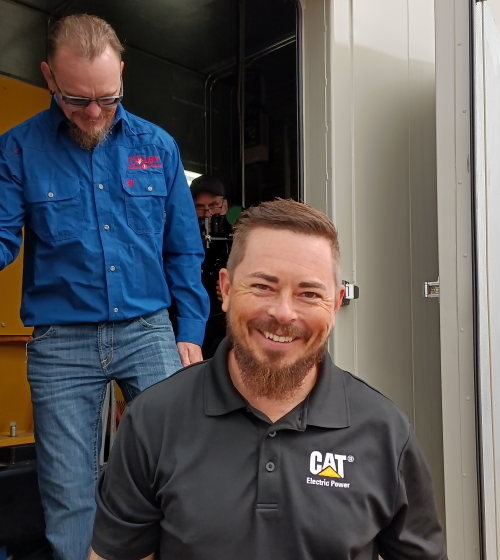
PACKAGED SOLUTION
The Cat C175s offer a good solution for communities like Colby in that they are factory certified and compliant with U.S. EPA Tier 4 emissions standards, Gamblin says.
“That’s a big driver for communities like Colby, because they don’t have to add emissions control equipment to this unit in order to maintain the air permit,” he says.
Six years ago, Foley offered a similar solution at a municipal power plant in Johnson City, Kansas, and plans to extend the blueprint to other communities with aging power plants across the state.
“As far as planning and engineering, we’re working with an enclosure manufacturer to standardize the equipment,” Gamblin says. “Obviously, there'll be some variations involved for each customer application, but we're trying to make it a standardized package and continually improve it as we go.”
Going forward, Colby Public Power plans to retire the engines in the old power plant as it adds more modern generating capacity.
“These Cat gensets are the future,” Crane says. “And we're looking to add another four more.
Crane knows he can count on timely assistance from his Cat dealer when he needs it.
“Back in ‘21, when we had that cold snap, we had an issue with the DEF (diesel exhaust fluid) system, and a technician from Foley was here in 30 minutes. They quickly diagnosed the problem and freed it up. And we were back online and running with minimal disruption.
So as far as we are concerned, Foley Power Solutions is a very dependable organization with experienced personnel.”

